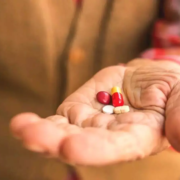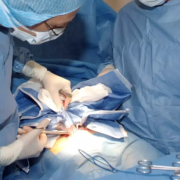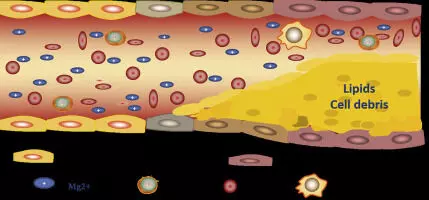Gepotidacin Offers Safe and Effective Oral Alternative for Urogenital Gonorrhoea: Lancet

A new study published in The Lancet journal showed that Gepotidacin was non-inferior to the standard treatment of ceftriaxone plus azithromycin for urogenital Neisseria gonorrhoeae, with no new safety concerns reported. This highlights gepotidacin as a promising novel oral treatment option for uncomplicated urogenital gonorrhoea.
It has been demonstrated that gepotidacin, a first-in-class, bactericidal, triazaacenaphthylene antibiotic that prevents bacterial DNA replication, is both effective and well-tolerated when used to treat simple UTIs. Thus, to assess the safety and effectiveness of gepotidacin for the treatment of uncomplicated urogenital gonorrhea, Jonathan Ross and colleagues carried out this investigation.
This trial compared conventional therapy for uncomplicated urogenital gonorrhea (500 mg IM ceftriaxone + 1 g oral azithromycin) with oral gepotidacin (two 3000 mg doses, 10–12 hours apart). The participants were randomized 1:1, stratified by age, sex, and sexual orientation, and had to be at least 12 years old, weigh more than 45 kg, and have a proven or suspected infection. Microbiological success, or the culture-confirmed eradication of Neisseria gonorrhoeae at days 4–8, was the main endpoint, with a non-inferiority margin of −10%.
All participants randomly assigned to a study treatment who acquired at least one dose of their study treatment and were found to have ceftriaxone-susceptible N. gonorrhoeae isolated from the baseline culture of their urogenital specimen were evaluated for the primary outcome in the microbiological intention-to-treat (micro-ITT) population.
A total of 628 participants were randomized evenly to either ceftriaxone plus azithromycin or gepotidacin from October 2019 to October 2023 and 39% of them were lost to follow-up. There were 406 individuals in the micro-ITT population (204 receiving conventional treatment and 202 receiving gepotidacin).
The majority (92%) were men, and MSM made up a larger percentage (71%) than MSW (20%). 74% were White, 15% were Black/African American, and 17% were Hispanic or Latino. Non-inferiority was demonstrated by the microbiological success rates at test-of-cure, which were 92.6% in the gepotidacin group and 91.2% in the ceftriaxone + azithromycin group.
In neither group did urogenital N. gonorrhoeae persist. Mild to moderate gastrointestinal problems were the most common drug-related side events in the gepotidacin group. Neither group experienced any severe or major adverse effects. Overall, with no new safety issues, gepotidacin showed no inferiority to ceftriaxone with azithromycin for urogenital N. gonorrhoeae, providing a new oral treatment option for simple urogenital gonorrhea.
Source:
Ross, J. D. C., Wilson, J., Workowski, K. A., Taylor, S. N., Lewis, D. A., Gatsi, S., Flight, W., Scangarella-Oman, N. E., Jakielaszek, C., Lythgoe, D., Powell, M., Janmohamed, S., Absalon, J., & Perry, C. (2025). Oral gepotidacin for the treatment of uncomplicated urogenital gonorrhoea (EAGLE-1): a phase 3 randomised, open-label, non-inferiority, multicentre study. Lancet, 405(10489), 1608–1620. https://doi.org/10.1016/S0140-6736(25)00628-2
Powered by WPeMatico



















